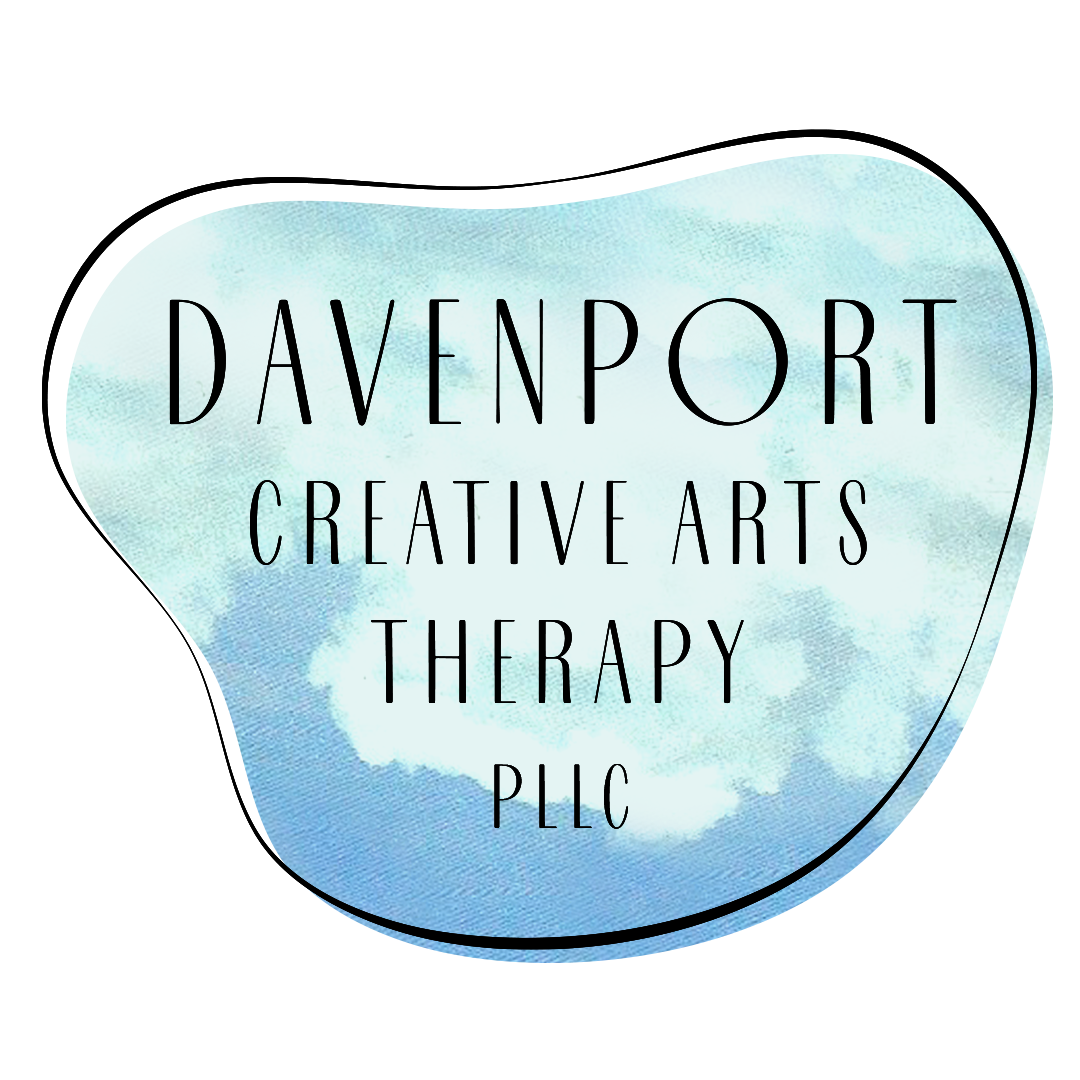
Eye Movement Desensitization Reprocessing Therapy (EMDR) in Westchester
EMDR Therapy for teens and adults in Eastchester, NY
Transformative EMDR Therapy: Healing Through a Holistic Approach
Resolve traumatic memories, and address symptoms of anxiety. Eye Movement Desensitization and Reprocessing (EMDR) offers a powerful approach to help teens and adults work through unresolved pain and reconnect to a sense of wholeness.
EMDR is a groundbreaking therapy that can help teens and adults heal traumatic memories, and distressing experiences.
Through guided eye movements or other forms of bilateral stimulation, EMDR helps the brain reprocess painful memories in a way that reduces their emotional intensity.
This therapy can lead to significant relief from symptoms of trauma, anxiety, depression, panic, and PTSD, promoting healthier emotional regulation and greater resilience.
What can EMDR help with?
Intrusive memories
Flashbacks
Physical symptoms of anxiety and trauma
Disturbing or distressing memories
Trauma, PTSD, C-PTSD
Greif and Loss
EMDR and Art Therapy
EMDR and Art Therapy
“Like EMDR therapy, Expressive Arts therapy is considered a bottom-up trauma approach that accepts that trauma memories are often stored in the body and the body's sensations. Accessing and integrating these sensory aspects of an implicitly stored trauma memory plays a crucial part of healing and integration.” - EMDRIA (2022)
Combining EMDR with Art Therapy is a cutting-edge method that is grounded in neuroscience and nervous system regulation techniques.
Bilateral drawing techniques can help folks better process their experiences, reduce distressing symptoms, challenge negative beliefs and regain a sense of control over their lives.
“Expressive methods are helpful because, in EMDR, they allow the client to show or talk about things in a different way.” - Malchiodi, 2022
My EMDR Training
As a New York Licensed Board-Certified Art Therapist, I hold 50-hours of EMDRIA-approved EMDR Basic Training and consultation with the Trauma Specialists Training Institution and am pursuing EMDR Certification in 2025.
I attend ongoing EMDR consultation, and trainings in Art Therapy integrated into EMDR including sensorimotor Art Therapy.
My specialized approach to EMDR
My approach combines EMDR with integrative techniques like Art Therapy, and Mindfulness-Based Stress Reduction (MBSR), tailoring each treatment to meet your individual needs.
As a practitioner, I hold extensive experience in helping teens and adults reframe past challenges, regain control over their narratives, and lead more fulfilling, present-focused lives.
If you’re ready to transform your relationship with the past and step into a healthier, more empowered future, I invite you to reach out.
My personalized EMDR Therapy sessions provide a safe and supportive space to work through trauma, reconnect with inner strengths, and move forward with confidence.








